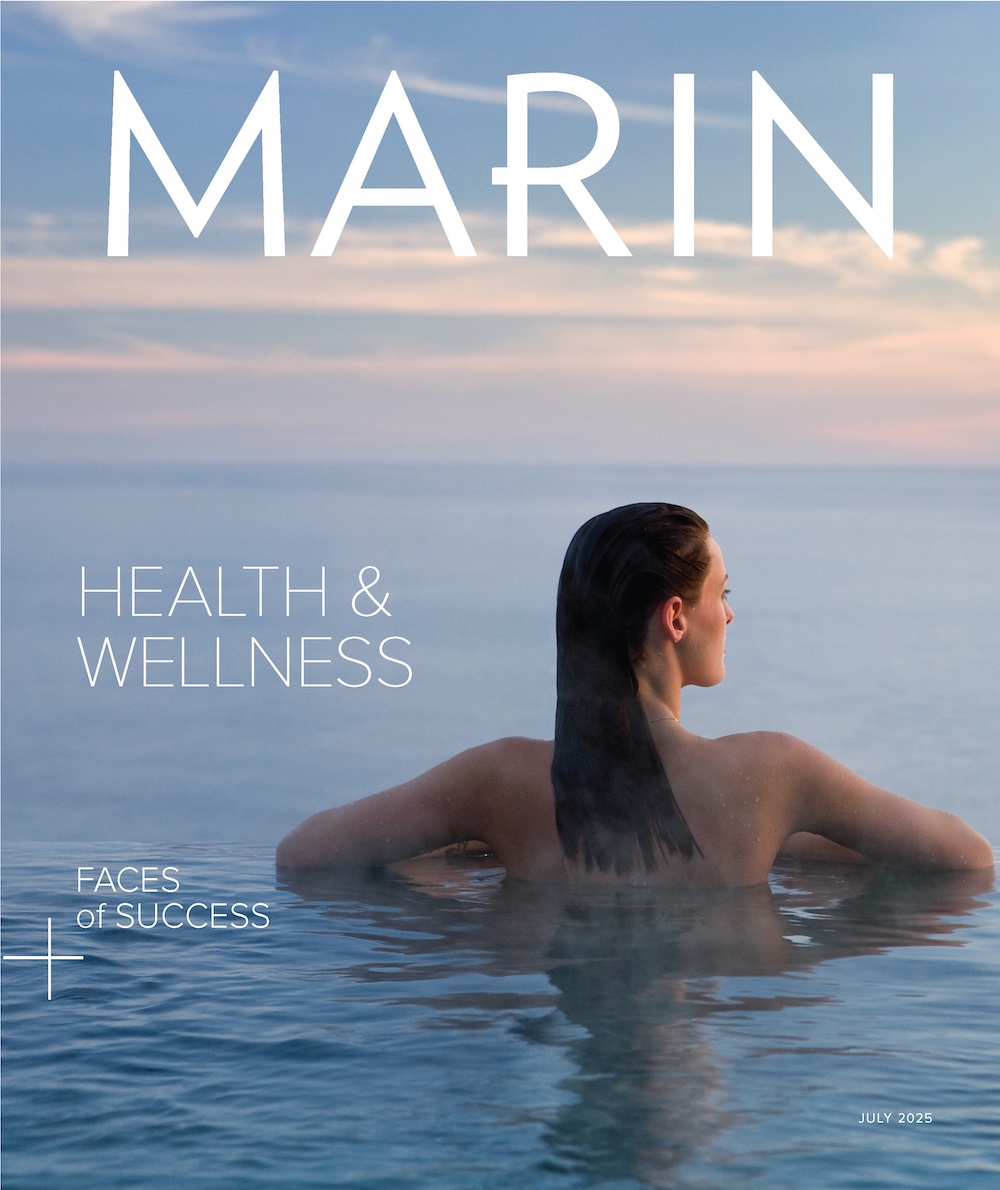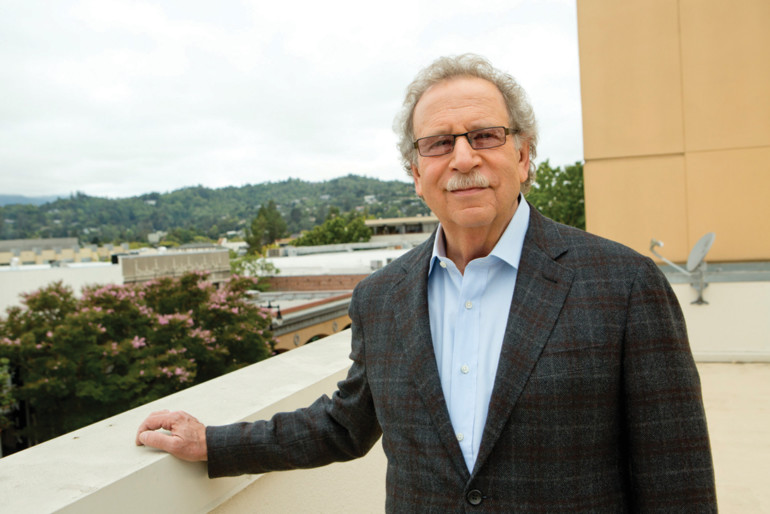IF THERE’S ONE thing that makes the Mill Valley Film Festival feel so vital and current, it’s its history of prominently featuring films that go on to find big success at the Oscars. Last year, for example, the festival opened with Green Book, which subsequently picked up three golden statues, including Best Picture and a Best Supporting Actor win for Mahershala Ali.
But that’s just the tip of the iceberg: since MVFF’s inception, films featured across its programming have garnered over 100 Oscars in total, including nine for Best Picture, seven for Best Director, seven for Best Actress and 11 for Best Actor.
So what’s the secret behind the festival’s winning record?
“We just try to pick the best films we can,” says MVFF founder and executive director Mark Fishkin of forecasting Oscars success. “We have been pretty adept at being able to not only point these films out, but have access to feature them. That comes with our longevity, our history, and the trust that filmmakers and distributors have in us. Put that all together and you wind up showing a lot” of Oscar-worthy films, he notes.
Fishkin also attributes a large part of MVFF’s Academy Awards winning streak to the loyal festival goers. “We have a great, socially conscious audience that appreciates great movies,” he adds.
But there may be a little more to the festival’s Oscar connection.
Back in 2016, when the Academy scrambled to rinse itself clean of the infamous #OscarsSoWhite controversy by launching a diversity initiative in its myriad awards categories and membership, the Oscars winners circle suddenly overlapped with MVFF programming more than ever, statistics show.
That year, MVFF featured 58 films that later received Oscar nominations, shattering the previous year’s record of 39 nominated films. What’s more, 14 of the films shown at the festival went on to win golden statues, besting its own previous record of nine winning films (in 2012) by an even larger margin than for the nomination record.
While this might be a coincidence, it more likely speaks to the festival’s audience and programmers and their steadfast passion for quality cinema, plus the possibility that in a way, the Academy is playing cultural catch-up.
MVFF audiences have traditionally wholeheartedly embraced minority stories, world cinema, movies made by and for women, LGBTQ films and indie films because these viewers genuinely cherish great movies by under-represented communities, not because it’s trendy to do so, and not because they hope the films will go on to win awards, say festival programmers who also take pride in helping Mark Fishkin guide their audiences’ tastes.
“We are the audience’s trusted curators,” Fishkin says. “And that could be with really small films — not always the ones that win the Academy Award. It is a responsibility that we take seriously.” The odds are in favor of this year’s Mill Valley Film Festival being yet another showcase for future Oscar contenders. And the festival, now in its 42nd year, seems poised to stay ahead of trends and to continue being a leading voice on the festival circuit.


